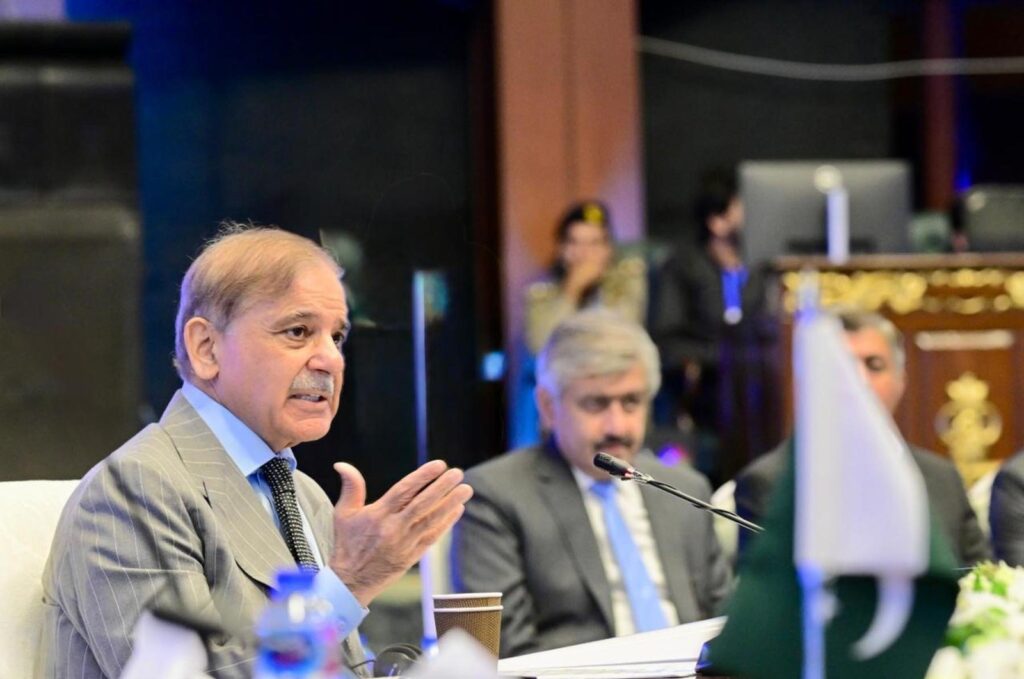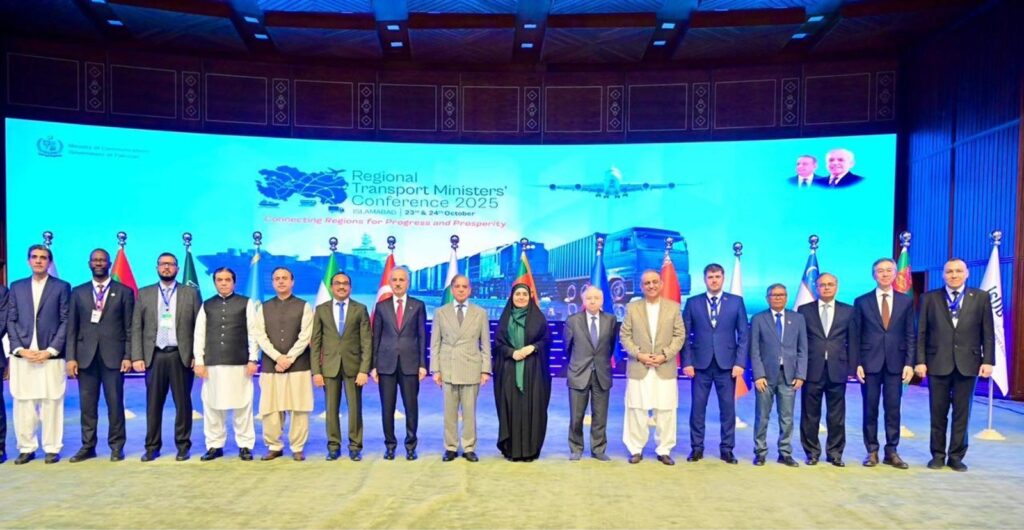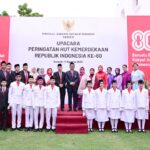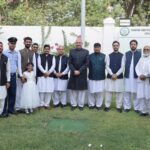APP

Islamabad: Prime Minister Shehbaz Sharif on Friday underscored the transformative potential of regional connectivity projects, saying initiatives like the China-Pakistan Economic Corridor (CPEC) and transnational transport links would unlock vast economic opportunities and strengthen cooperation among regional economies.
Addressing the concluding session of the Regional Transport Ministers Conference in Islamabad, themed “Regional Connectivity: Opportunities for the Region,” the prime minister said closer trade and transport linkages were a “win-win proposition” that could secure peace, stability, and shared prosperity.
“Let us together sow the seeds of cooperation so that we may harvest the fruits of development and prosperity for our people and our region,” he said.
The two-day conference, hosted by Pakistan’s Ministry of Communications, was attended by transport ministers and delegates from 20 countries, along with representatives from major international organizations including the Asian Development Bank, ECO, IRU, and UNESCAP.
Highlighting Pakistan’s strategic location, Shehbaz said the country forms a vital “tri-junction” connecting China, Central Asia, and the Middle East, linking the warm waters of the Arabian Sea and Persian Gulf through key ports such as Gwadar and Karachi.
He noted that Pakistan’s connectivity legacy—from the ancient Silk Road to today’s Belt and Road Initiative—continues to define its economic potential. “Shifting geopolitical dynamics and the growing dominance of economic priorities have breathed new life into this ancient corridor,” he said.

The prime minister also announced that Pakistan was entering the “exciting” CPEC Phase II, focusing on business-to-business partnerships, investment facilitation, and mutual prosperity.
He cited ongoing efforts to strengthen transport and digital links, including projects like the Trans-Afghan Railway, Islamabad–Tehran–Istanbul corridor, and expanded air connectivity with Central Asia. He further emphasized that connectivity now extends beyond physical infrastructure to digital innovation and technological integration, vital for Pakistan’s participation in the “fourth industrial revolution.”
Shehbaz also hailed Pakistan’s youth — 60% of whom are between 15 and 30 — as the nation’s “greatest asset,” saying they will lead the country’s transformation in the coming decade.
Later, the prime minister toured an exhibition featuring stalls from the National Logistics Corporation (NLC), National Highway Authority (NHA), and Pakistan Railways, where he interacted with industry representatives.
In his concluding remarks, Minister for Communications Abdul Aleem Khan said the conference reaffirmed regional commitment to connectivity as a driver of economic growth and stability. Participants emphasized the need for innovative financing, visa liberalization, and road safety measures, calling for stronger partnerships with international financial institutions.
He added that Pakistan remained ready to facilitate dialogue and joint ventures to pursue a shared vision of sustainable regional cooperation.























